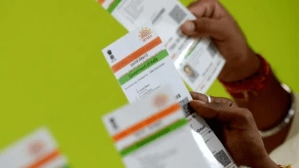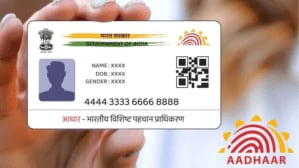By Rajesh Patel
As of August 06, 2020, the COVID-19 pandemic has caused over 18 million confirmed cases, with 706,000+ deaths globally. With the pandemic gripping firmly, availability of accurate and rapid diagnostic procedures becomes imminent to develop understanding about various facets of SARS-CoV-2 infection and immunity. As a need of the hour, research organizations, leading universities and laboratories around the world are competing against one another to develop these test kits.
One of the most widely used COVID-19 tests includes molecular assays to detect SARS-CoV-2 viral using Polymerase Chain Reaction(PCR) based techniques. The Reverse transcription-polymerase Chain Reaction (RT-PCR) depends on its ability to amplify the minute quantity of viral genetic material in a sample and is, currently, the gold standard of SARS-CoV-2 virus detection.
RT-PCR method has been traditionally carried out as a single-step or a two-step procedure. One-step RT-PCR involves the use of a single tube that contains necessary primers for the entire RT-PCR reaction. The two-step real-time RT-PCR makes use of more than one tube to separately run reverse transcription and amplification reactions. The two-step procedure offers higher sensitivity and greater flexibility and it needs a low amount of starting material and permits stocking of complementary DNA copies for quantification of numerous targets.
However, the one-step procedure is preferred generally because it is quick to set up and features limited sample handling, reduced bench time, low chances of pipetting error, and cross-contamination throughout the procedure.
Till date, the majority of molecular diagnostic tests for COVID-19 have made use of Real-Time RT-PCR technology testing varying SARS-CoV-2 genomic regions, including OF1b or ORF8 regions, and the nucleocapsid (N), spike (S) protein, RNA dependent RNA polymerase (RdRP), or envelope (E) genes. RT-PCR tests are constantly evolving with improved diagnostic methods and with the integration of more automated procedures.
However, real-time RT-PCR provides clear leverage over more conventional RT-PCR formats, though the assay results must still be interpreted with caution.
As cases rise rapidly, to encounter the COVID-19 is to increase testing with the RT-PCR testing kits.
The author is CEO – IVD India, Trivitron Healthcare . Views expressed are the author’s own.









